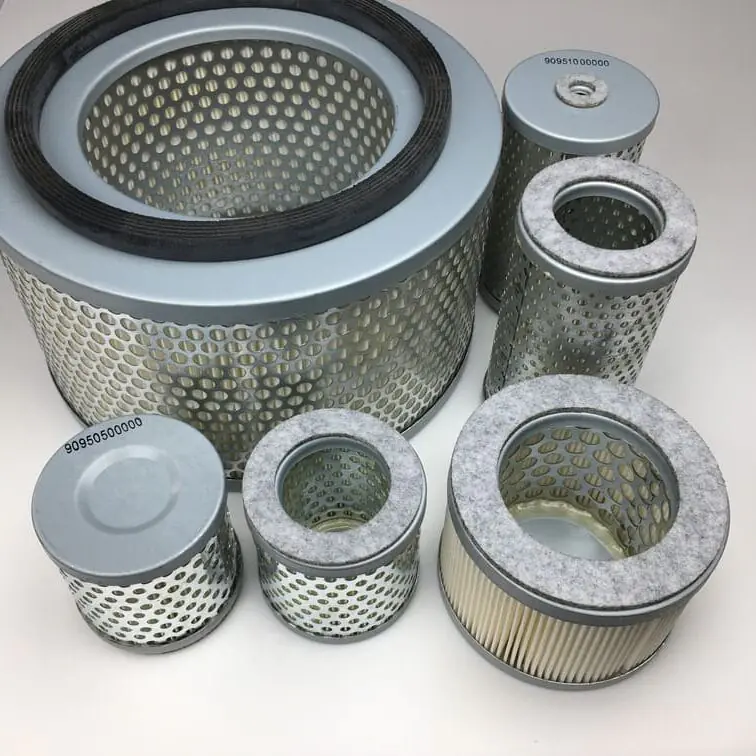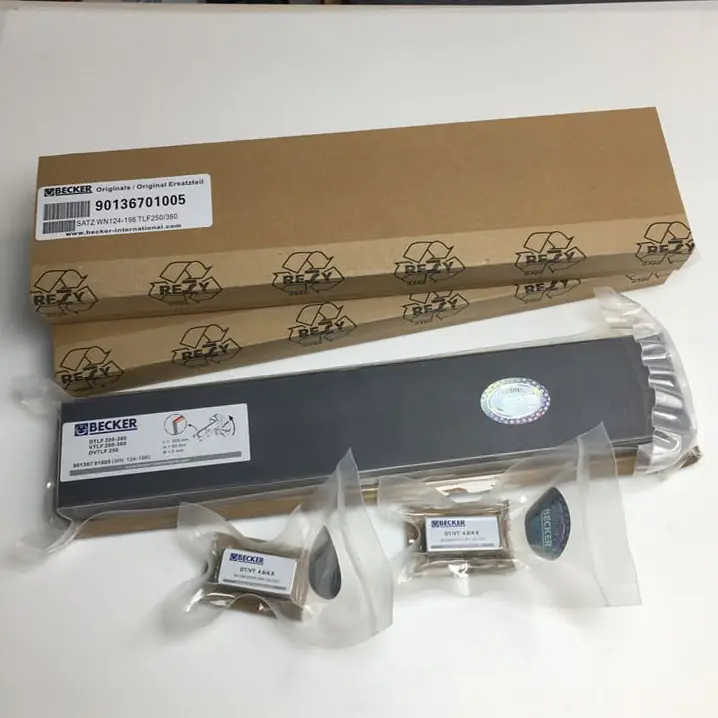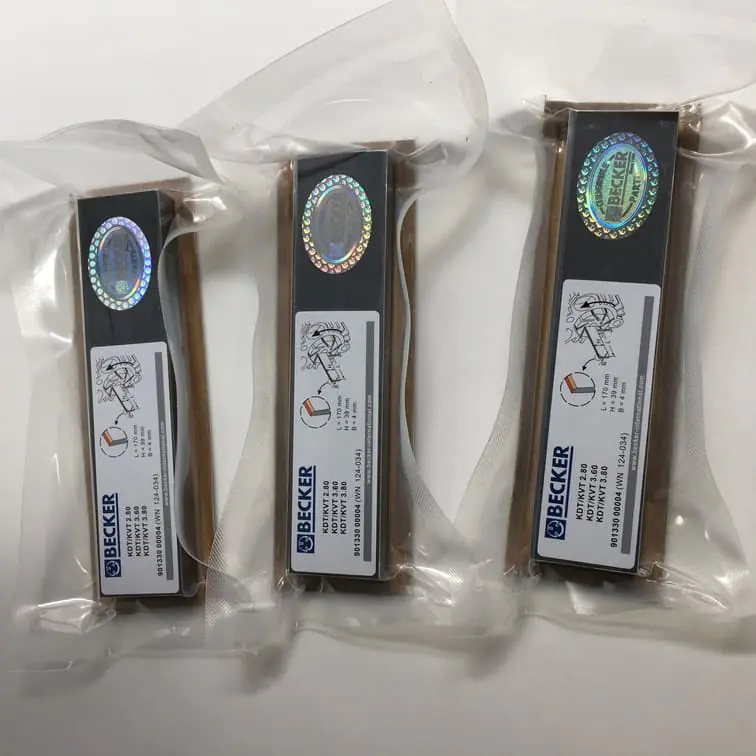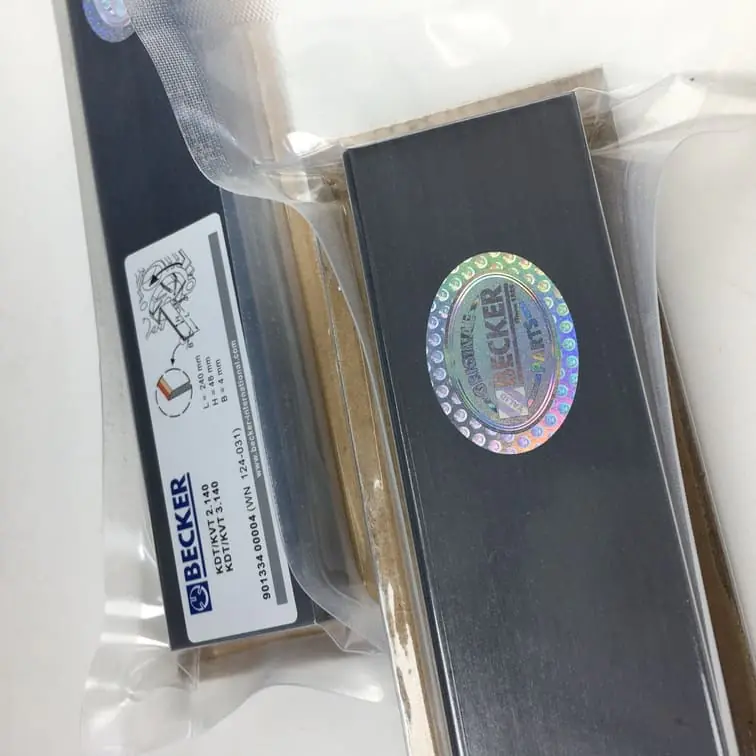How to Use a Brake Bleeder and Vacuum Pump
Maintaining your car’s braking system is not just crucial for safety but also for ensuring optimal vehicle performance. A well-functioning brake system keeps your car responsive and prevents accidents. If you’ve been hearing about brake bleeders and vacuum pumps but aren’t sure how to use them, you’re in the right place. In this article, we’ll walk you through everything you need to know to confidently use these tools. Let’s begin by understanding what these tools are and their role in the braking system.
Understanding Brake Bleeders and Vacuum Pumps
A brake bleeder is a tool used to remove air bubbles from the brake fluid lines in your vehicle. Trapped air can cause spongy brakes and severely reduce braking efficiency, creating a significant safety hazard. By removing this air, brake bleeders ensure that your brake system is reliable and responsive.
On the other hand, a vacuum pump plays a dual role. It’s used in the bleeding process to draw brake fluid through the system while ensuring that no air remains. Additionally, it serves other applications like testing vacuum-operated devices in the car, such as the brake booster.
Brake Fluid and Vacuum System Overview
The brake fluid is the heart of your vehicle’s braking system. It transfers the pressure from your brake pedal to the brake pads. However, the fluid is highly sensitive to contamination from air or moisture. That’s where the brake bleeder and vacuum pump come in handy—to ensure the fluid remains efficient and uncontaminated.
In modern vehicles, the master cylinder and brake fluid reservoir are vital components that supply the brake fluid to the system. The vacuum brake bleeder works to create a vacuum that draws air out of the brake lines, while a pneumatic vacuum pump helps remove stubborn air pockets.
To use these tools effectively, you need to be well-prepared and understand each step of the process, which we will cover below.
Tools Required to Bleed Brakes
Before we get started, make sure you have the following tools:
- Brake bleeder kit
- Handheld or pneumatic vacuum pump
- Fresh brake fluid
- Wrench (for bleeder valves)
- Clear tubing
- Brake fluid reservoir cap remover (optional but helpful)
It is also good practice to wear gloves and safety glasses to protect yourself from brake fluid, which is corrosive and potentially harmful.
Step-by-Step Guide on Using a Brake Bleeder and Vacuum Pump
1. Prepare Your Vehicle
To begin, park your vehicle on a flat surface. Secure it with wheel chocks to prevent any movement while working. Make sure the engine is off, and the vehicle is cool to avoid burns or other injuries.
- Locate the Master Cylinder Reservoir: Open the hood and locate the master cylinder reservoir. This is typically found on the driver’s side near the back of the engine bay. Ensure the brake fluid level is adequate and top up if necessary using the recommended brake fluid type.
- Check for Air or Moisture: Before you begin, inspect the condition of your brake fluid. If it looks dark or murky, it’s a good sign that you need to replace it entirely. Clean brake fluid is light yellow and translucent.
2. Attach the Vacuum Pump to the Bleeder Valve
Once you’re ready, it’s time to start the bleeding process. Locate the bleeder valve on each wheel’s brake caliper or drum brake. Usually, this valve is found on the top side of the caliper.
- Connect the Clear Tubing: Attach a piece of clear tubing to the bleeder valve. Make sure it is a tight fit to avoid air leakage.
- Attach the Vacuum Pump: Connect the other end of the clear tubing to your vacuum pump. A pneumatic vacuum pump is ideal for this job, as it quickly creates the necessary vacuum to remove air from the system.
3. Create a Vacuum and Bleed the Brakes
- Pump to Create Vacuum: Squeeze the pump handle repeatedly until you create a vacuum in the line. Typically, you need a vacuum of about 20 inHg (inches of mercury).
- Open the Bleeder Valve: Use the wrench to carefully open the bleeder valve while keeping an eye on the fluid flow through the tubing. As you open it, you should see brake fluid and potentially air bubbles moving through the tubing.
- Monitor the Brake Fluid Level: While bleeding, ensure the brake fluid level in the master cylinder reservoir doesn’t drop too low. If it does, you risk drawing air back into the system.
4. Close the Bleeder Valve and Repeat
Once the fluid flowing through the tube is free of air bubbles, close the bleeder valve tightly. You’ll need to repeat this process for each wheel, typically starting from the farthest wheel from the master cylinder (usually the passenger side rear wheel) and working towards the closest.
- Order to Follow: The typical sequence is:
- Rear passenger side
- Rear driver side
- Front passenger side
- Front driver side
This order helps in effectively pushing the air out of the system.
5. Test Your Brakes
After bleeding all the brakes, test the brake pedal by pressing it several times. It should feel firm and responsive. If it still feels spongy, there may still be air in the system, and the bleeding process should be repeated.
- Top Off Brake Fluid: Finally, ensure the brake fluid reservoir is filled to the recommended level and replace the reservoir cap securely.
Troubleshooting Common Brake Bleeding Issues
Air in the System
One common issue during brake bleeding is that air might still be trapped within the system. To prevent this, ensure that the tubing is tightly connected, and always keep an adequate level of fluid in the master cylinder reservoir.
Faulty Bleeder Valves
If brake fluid does not flow when you open a bleeder valve, the valve may be clogged or faulty. You can try cleaning it or replacing it if necessary.
Master Cylinder Issues
Sometimes the master cylinder might have internal problems, especially if the brake pedal still feels soft after multiple bleeding attempts. In such cases, it is recommended to consult a professional.
The Role of the Vacuum Pump in the Brake System
A vacuum pump is crucial in brake-assisted systems, particularly for vehicles equipped with turbocharged engines or those requiring extra braking force.
- Brake Booster Assistance: The vacuum pump ensures that the brake booster receives the necessary vacuum pressure, which significantly reduces the effort required to press the brake pedal.
- Testing for Leaks: The vacuum pump can also help in diagnosing leaks within the vacuum system by monitoring pressure levels.
A functional vacuum pump is the key to a smoothly operating brake system, ensuring that your brakes respond promptly and reliably.
FAQs
1. How often should I bleed my brakes?
It is recommended to bleed your brakes every two to three years, or whenever the brake fluid becomes contaminated or air enters the system.
2. Can I bleed brakes alone?
Yes, using a vacuum pump allows you to bleed brakes by yourself, as it creates the necessary suction to draw out the brake fluid and air.
3. What type of brake fluid should I use?
Refer to your vehicle’s owner manual to determine the correct brake fluid type. Common types are DOT3, DOT4, and DOT5, each with distinct properties.
4. Why does my brake pedal still feel soft after bleeding?
If the brake pedal feels soft, air may still be trapped in the system. Repeat the bleeding process and ensure all connections are secure.
5. Can a faulty vacuum pump affect my brakes?
Yes, a faulty vacuum pump can lead to inadequate brake booster pressure, making the brakes harder to apply.
Conclusion
Bleeding your car’s brakes using a brake bleeder and a vacuum pump is a practical way to maintain your vehicle’s performance and safety. Proper bleeding eliminates air bubbles, ensuring a firm brake pedal and responsive brakes. Always follow the sequence for bleeding, and make sure your vacuum pump is in good working condition to achieve the best results.
For high-quality brake bleeding tools and vacuum pumps, explore our selection at vacuumpumppart.com. Maintaining your braking system is not only essential for your safety but also makes your heart sing praise to the tune of a perfectly functioning vehicle.




